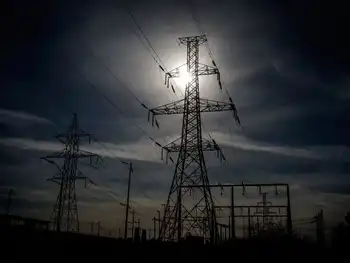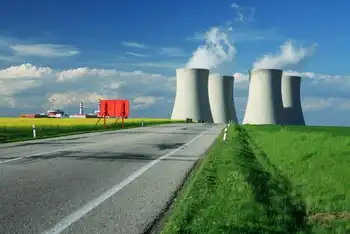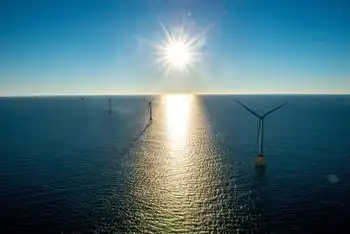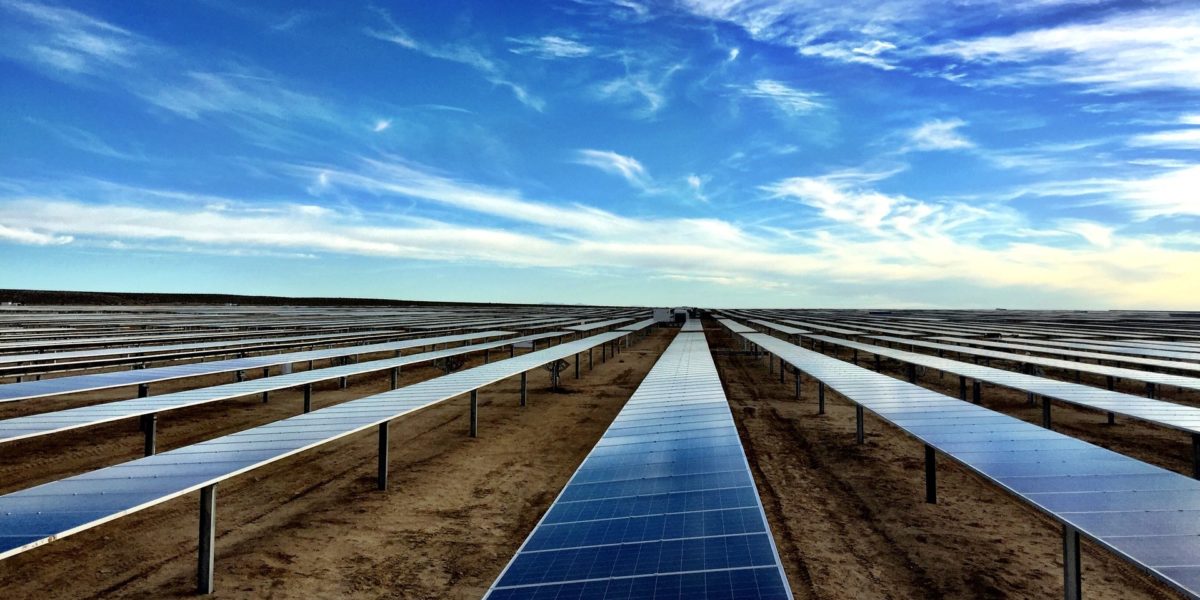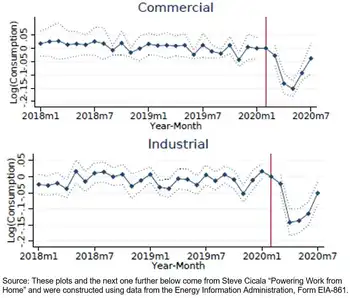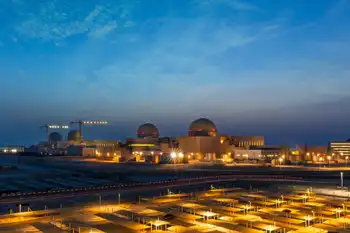South Korea plans world’s largest floating solar plant in Yellow Sea
Substation Relay Protection Training
Our customized live online or in‑person group training can be delivered to your staff at your location.

- Live Online
- 12 hours Instructor-led
- Group Training Available
Saemangeum 3GW Renewable Energy Project unites floating solar, offshore wind, and grid infrastructure in Korea's Yellow Sea, leveraging the Saemangeum seawall, investment partnerships, and proven permits to accelerate financing, construction, and clean power deployment.
Key Points
A 3GW Korea initiative: 2.7GW floating PV and 300MW offshore wind, advanced by SDIA, AMSCAP, G8, and SOWP.
✅ 2.7GW floating solar behind Saemangeum seawall in Yellow Sea
✅ 300MW offshore wind co-developed by AMSCAP, G8, and SOWP
✅ Financing, permits, and grid integration to accelerate delivery
The Saemangeum Investment Agency of Korea (SDIA) together with Amsterdam Capital Partners (AMSCAP), G8 Subsea (G8), and Saemangeum Offshore Wind Power (SOWP) have agreed to cooperate towards a giant renewable energy mega-development of up to 3GW in the Yellow Sea off Korea, aligning with forecasts that offshore wind is set to become a $1 trillion business globally.
Plans for the near-shore Samangeum Industrial Complex include a vast 2.7GW floating solar array and 300MW of offshore wind, a technology that is powering up the UK as well.
The floating PV plant would be located behind the world’s longest seawall at Saemangeum that encloses 409km2 of reclaimed area, AMSCAP and G8 said, while emerging offshore green hydrogen production could complement such infrastructure, without giving further details about the coastal complex.
AMSCAP said it will work together with G8 alongside SOWP on the offshore wind development, on both financial and a technical elements of the project. SOWP has already developed a 100MW offshore wind project that is in final development stage, with all permits and regulatory approvals secured, and installation vessels for Korean west-south wind farms have been comparatively evaluated to support such projects.
“SOWP has clearly paved the way for offshore wind in Korea and we are very excited to contribute our structuring expertise and bringing financial partners to the region to execute this project and the further offshore wind plans,” Michael van der Heijden from AMSCAP said.
South Korea has earlier said it aims to develop 13GW of offshore wind capacity off its coast by 2030 to drive toward a target of having at least 30% renewable energy in its national mix by 2040, with support from initiatives such as World Bank support for wind power in developing countries.
Gerald Tan from G8 added: “With an already proven track record in South Korean offshore wind farms, G8 aims to develop this as a leading platform in Asia to accelerate the financing and construction of projects in this region”
SDIA is a central government agency of South Korea responsible for the Saemangeum Project, a grand national development project established in 2013 by executive order. The agency is in charge of administrative services and support, from master planning and coordination to investment attraction and promotion, amid evolving regional frameworks such as Vietnam's offshore wind regulations that shape investor confidence.
South Korea’s government is committed to developing Saemangeum into a global business and free trade hub, AMSCAP and G8 said, as global participation grows with moves like EDF's Irish offshore stake bolstering the offshore wind ecosystem.





